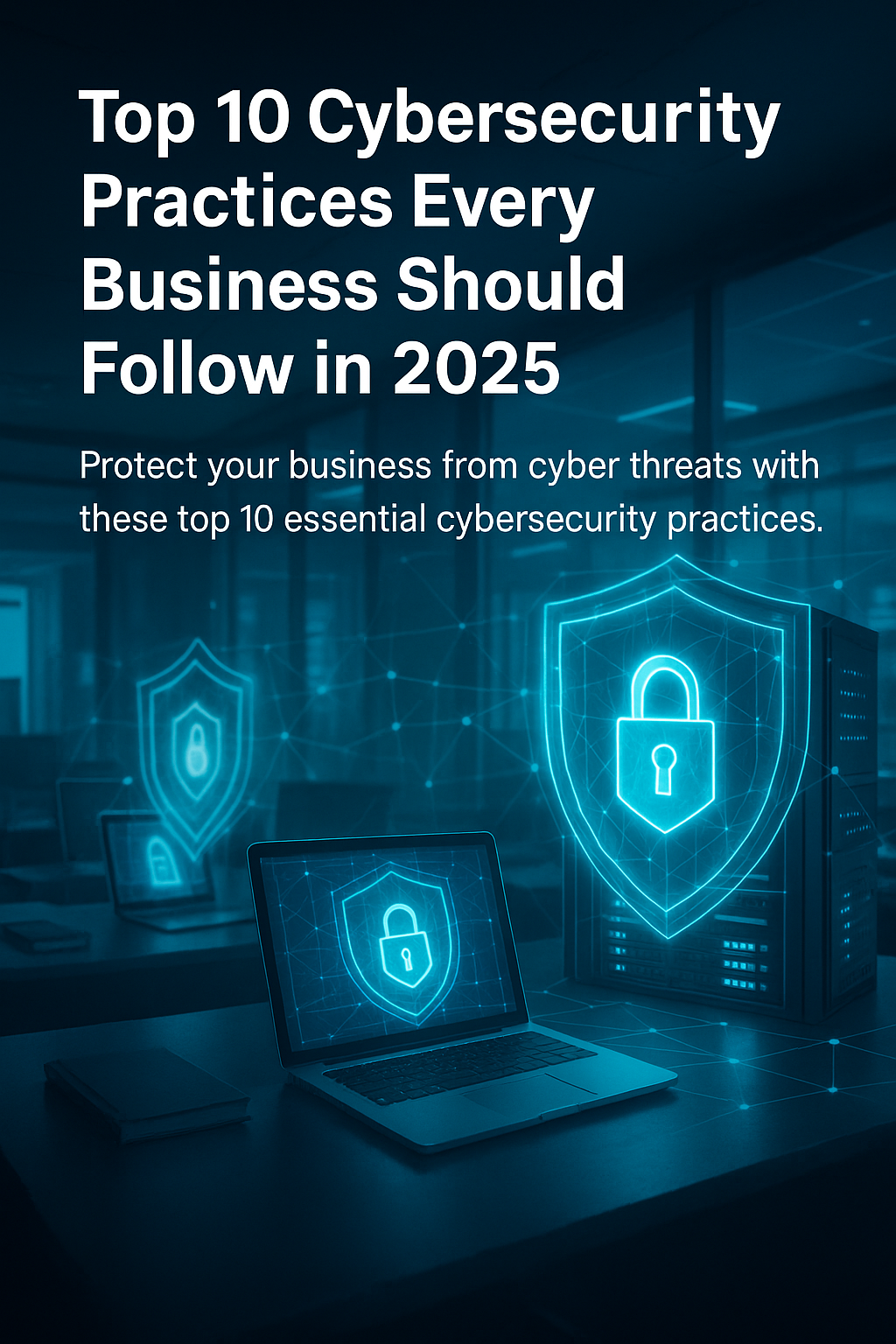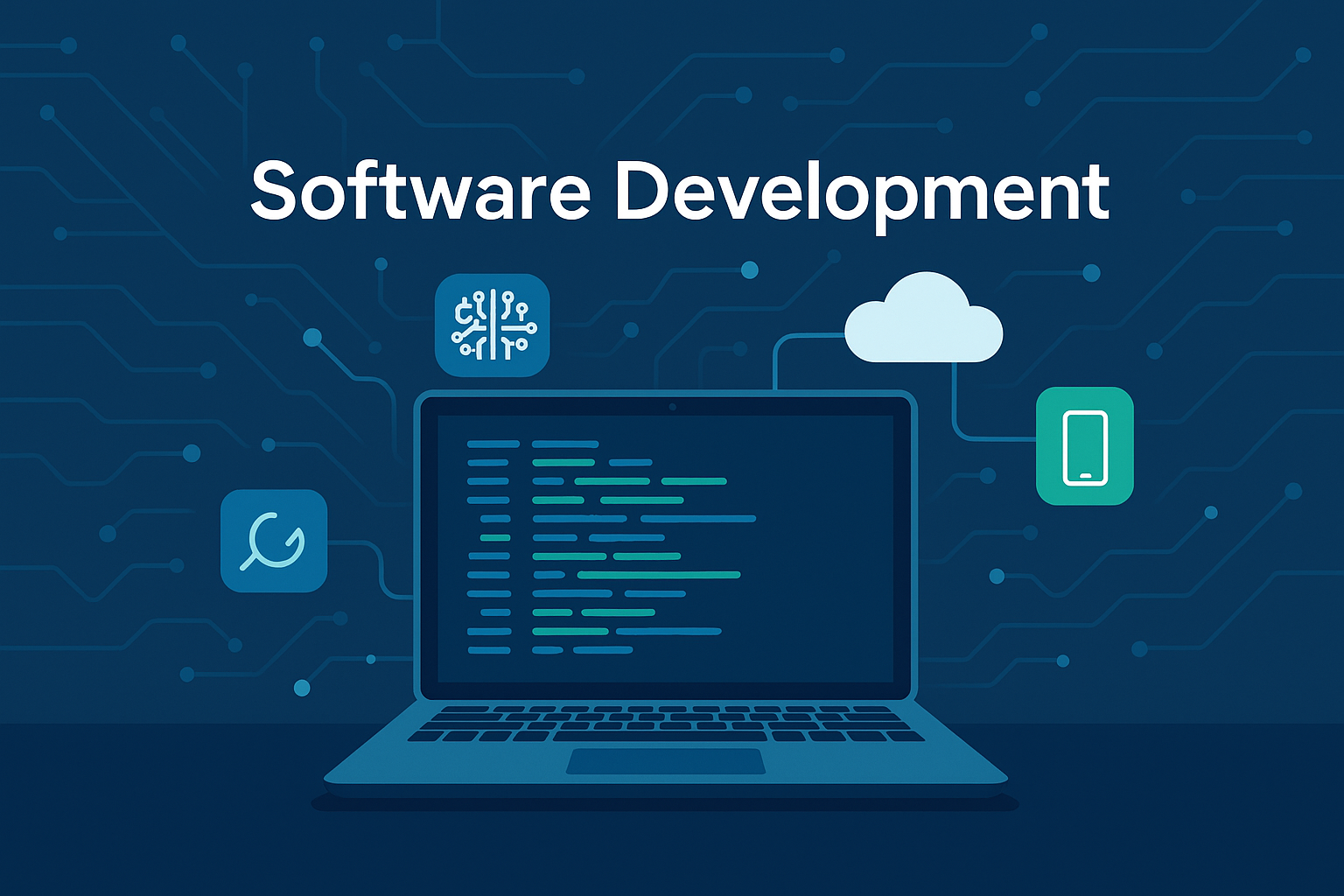
Top 10 Cybersecurity Practices Every Business Should Follow in 2025
Safeguard your business against cyber threats by implementing these ten crucial cybersecurity strategies.
In today's digital-driven environment, cybersecurity is essential — not merely an option
In the fast-evolving technological landscape, establishing strong cybersecurity measures is not simply a choice; it is crucial for survival. As companies increasingly depend on cloud services, remote work, and online transactions, the potential for cyberattacks continues to rise. Cybercriminals are constantly enhancing their methods, making it vital for businesses to implement robust security processes.
Here are the top 10 cybersecurity practices that every organization should adopt in 2025:
- Implement Multi-Factor Authentication (MFA):
MFA adds a crucial layer of protection, ensuring that even if passwords are compromised, unauthorized access is still prevented. - Regularly Update Software and Systems:
Outdated software can become a hacker's ally. Keep all applications, firewalls, and antivirus software current to close gaps in security. - Create Strong and Unique Passwords:
Encourage employees to generate strong, unique passwords and consider utilizing password managers to avoid duplication. - Conduct Regular Security Audits:
Regular audits help identify weaknesses in your systems before they can be exploited by cybercriminals. - Encrypt Sensitive Data:
Encrypting data ensures that even if information is intercepted, it remains unreadable and valueless to hackers. - Train Employees on Cyber Awareness:
Since human error plays a significant role in many breaches, ongoing training helps staff recognize phishing attempts, scams, and other suspicious activities. - Establish a Secure Backup Strategy:
Create encrypted backups in multiple locations to safeguard against ransomware attacks or accidental data loss. - Limit Access to Critical Systems:
Adhere to the "least privilege principle" — providing employees access only to the information necessary for their job functions. - Install and Monitor Firewalls:
Firewalls serve as the first line of defense against unauthorized access and irregular traffic. - Develop an Incident Response Plan:
Be ready for emergencies. A well-crafted incident response plan mitigates damage and facilitates swift recovery after an attack.
By integrating these best practices, organizations can significantly reduce the risk of cyber threats and build trust with their customers. Remember — cybersecurity is not a one-off task; it’s an ongoing journey that evolves with technological progress.







